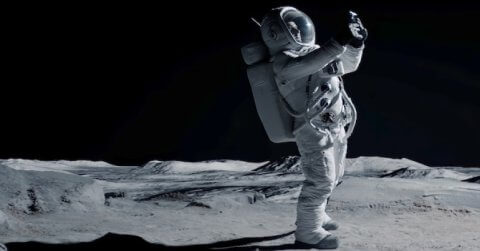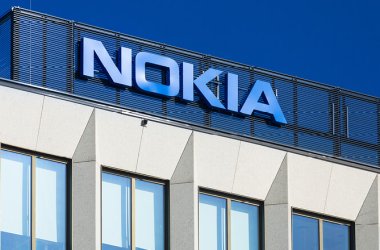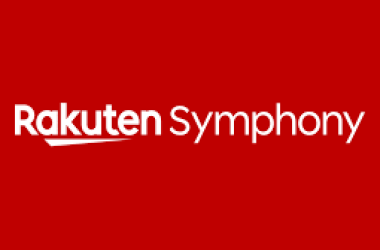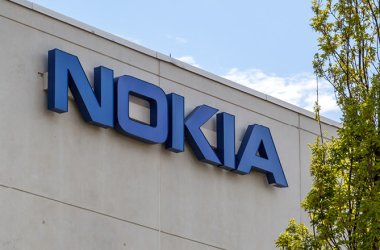
Nokia claims its mobile network is now ready for the Moon after completing the final steps for the upcoming IM-2 mission, with a launch potentially occurring in late February 2025.
The vendor and partner Intuitive Machines stated they had successfully integrated Nokia’s Lunar Surface Communications System (LSCS) into the IM-2 mission lander, named Athena.
Athena and Nokia’s LSCS will voyage to the lunar south pole region during the IM-2 mission from the NASA Kennedy Space Centre.
The Finnish vendor’s R&D arm Nokia Bell Labs conducted months of testing and validation before Intuitive Machines engineers installed the LSCS system to one of Athena’s upper carbon composite panels. Nokia revealed multiple precautions were taken during installation to ensure the network is able to safely make the 239,000-mile journey to the Moon, “survive the stresses of take-off and landing, and operate optimally on the lunar surface”.
Nokia has also provided details on how it plans to keep the network insulated in low temperatures and the process involved to establish 4G connectivity upon landing on the Moon. A Mobile Autonomous Prospecting Platform rover developed by space robotics company Lunar Outpost will exit from a protective enclosure on Athena upon landing, extend its antennas and establish connection to Nokia’s network.
The project to bring connectivity to the Moon has been in the works for years and was originally earmarked to be delivered in 2024. Thierry Klein, president of Bell Labs Solutions Research at Nokia, said the project intends to prove mobile technologies can provide the reliable connectivity “needed for future crewed and uncrewed missions to the Moon and eventually Mars”.
“Cellular technology has irrevocably transformed the way we communicate on Earth. There’s no reason it can’t do the same for communications on other worlds,” he added.
Image Credit: Stock Image





